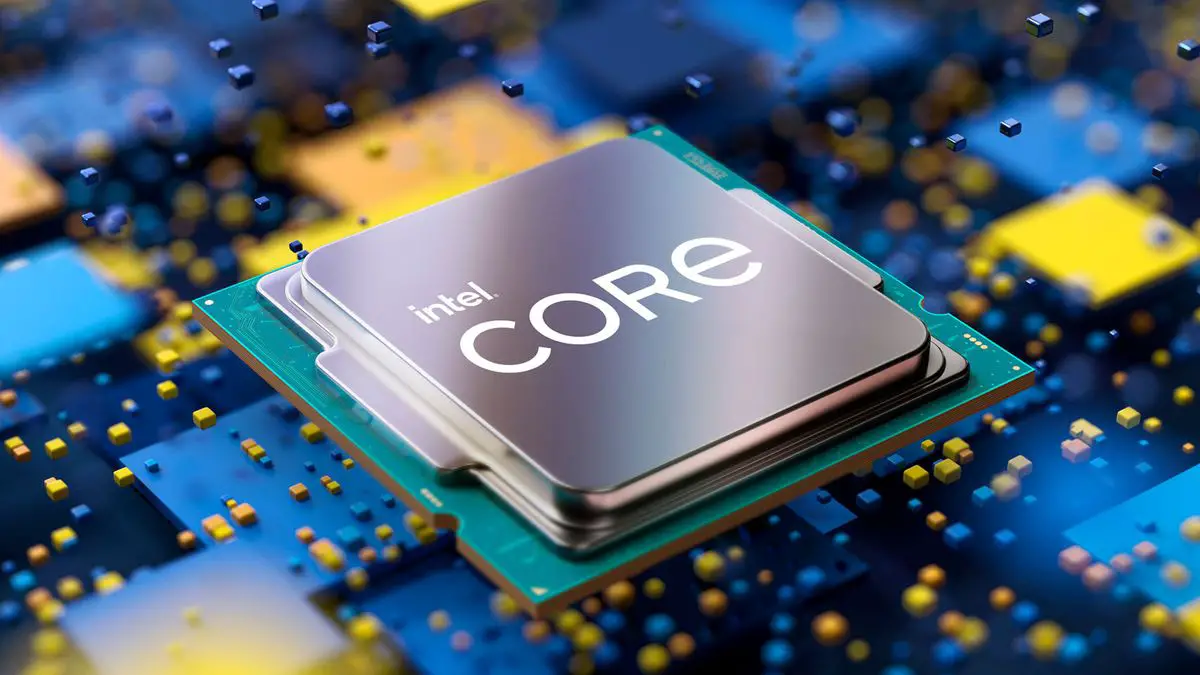Intel has presented its objectives for the next five years, a roadmap with which it intends to regain the leadership it has lost to AMD and the arrival of Apple.
Intel wants to retake its leadership in the processor industry and has set this goal in a comprehensive roadmap, which details the different product ranges in which it will work in the next five years. We will see the arrival of new processor nomenclatures and new architectures.
The processor manufacturing sector has become more competitive than ever. Intel, once the undisputed leader, has been losing leadership to companies such as AMD, which competes with Ryzen, and the addition of Apple, which is now developing its own chips.
To reverse this trend, Intel CEO Pat Gelsinger has laid out his new roadmap in Intel Accelerated. “Until the periodic table runs out, we will be relentless in our quest to meet Moore’s Law and on our path to innovate with the magic of silicon,” Gelsinger notes.
Intel 7 and 4 processor family
The initial change the company is proposing is a reworking of the nomenclature of its processors, which it says will achieve “a more accurate view of process nodes across the industry”. This means that the new 10-nanometer third-generation chips will be called Intel 7, leaving behind names such as the SuperFin chip, also 10 nm.

The purpose is to bring Intel’s 10nm chips on par with AMD’s 7nm products and Apple’s 5nm M1 chips. At first glance, it may seem an unfair marketing gimmick, but it is important to keep in mind that modern processors stopped referring to transistor size in their names decades ago and other aspects are taken into account, such as the technologies used in their production.
In this way, Intel’s 10 nm chips can be measured against the latest generation 7 nm Ryzen chips from AMD or other manufacturers by using similar transistor density and technologies in the manufacturing process. Intel intends to make this comparison clearer to consumers with the new nomenclature:
- Intel 7: It picks up Intel’s third-generation 10 nm technology and promises 10-15% higher performance per watt, as well as greater efficiency than previous generations. This product range will appear this year with the Alder Lake chips planned for consumer products.
- Intel 4: This will be the name for the 7 nm architecture that Intel has delayed until 2023. It is the company’s next big leap that will adopt the EUV technology already used by brands such as Samsung and TSMC in 5 nm nodes. This improvement promises a transistor density of 200 or 250 million per square millimeter in Intel 4 processors. TSMC’s 5 nm chips reach 171.30 million per square millimeter.
Intel 4 production is scheduled for the second half of 2022 and will reach the market in 2023 with Meteor Lake in consumer products. The bottom line is increased market competition, and Intel’s stronger comeback may give consumers performance improvements and lower battery consumption in the future computers they buy.
New architectures
The roadmap continues to look ahead to 2024 when they expect to have their first sub-nanometer transistor design and move to the angstrom size. At that time, they will also introduce the RibbonFET architecture, the first since they debuted FinFET in 2011. This new architecture will be combined with PowerVia, a technology that makes it possible to move the power supply to the backside of the wafer and optimize the transmission signal.
All these objectives are part of Intel’s global project for the next half-decade, in which Gelsinger has also announced the opening of new manufacturing plants in the United States and Europe.





